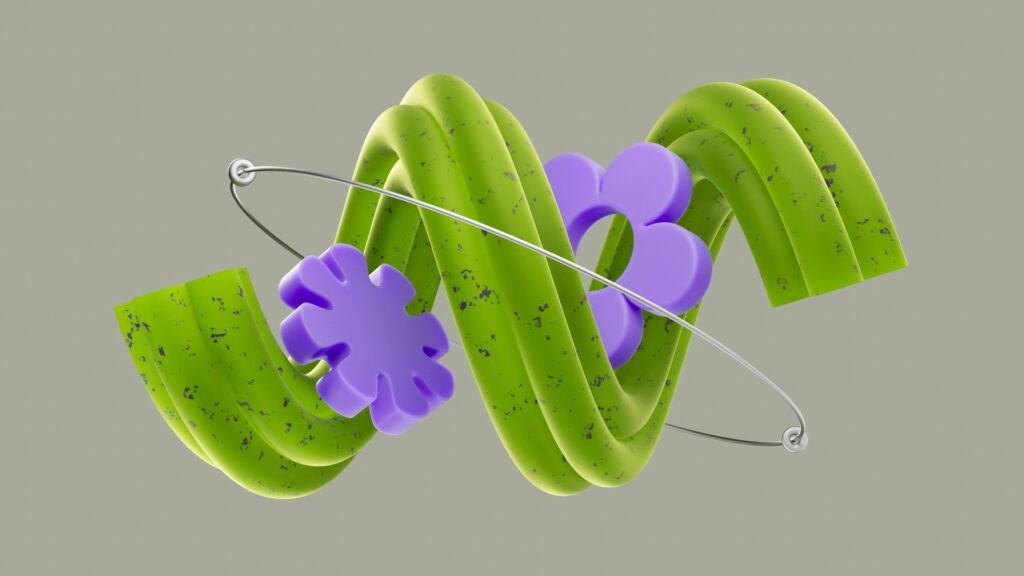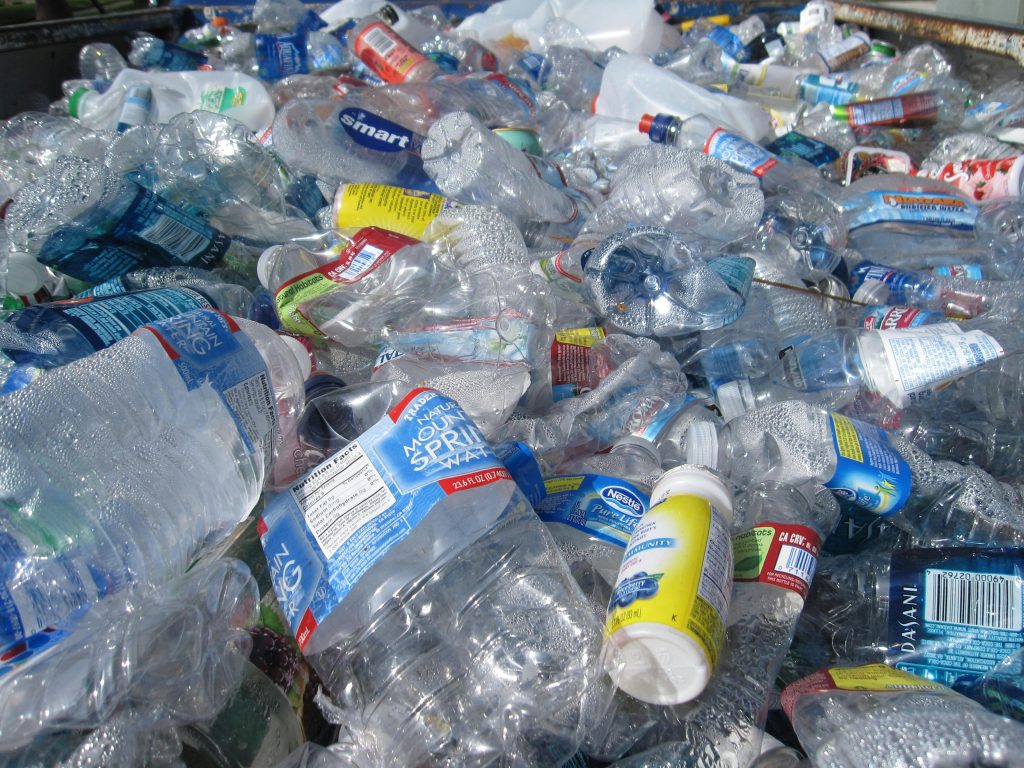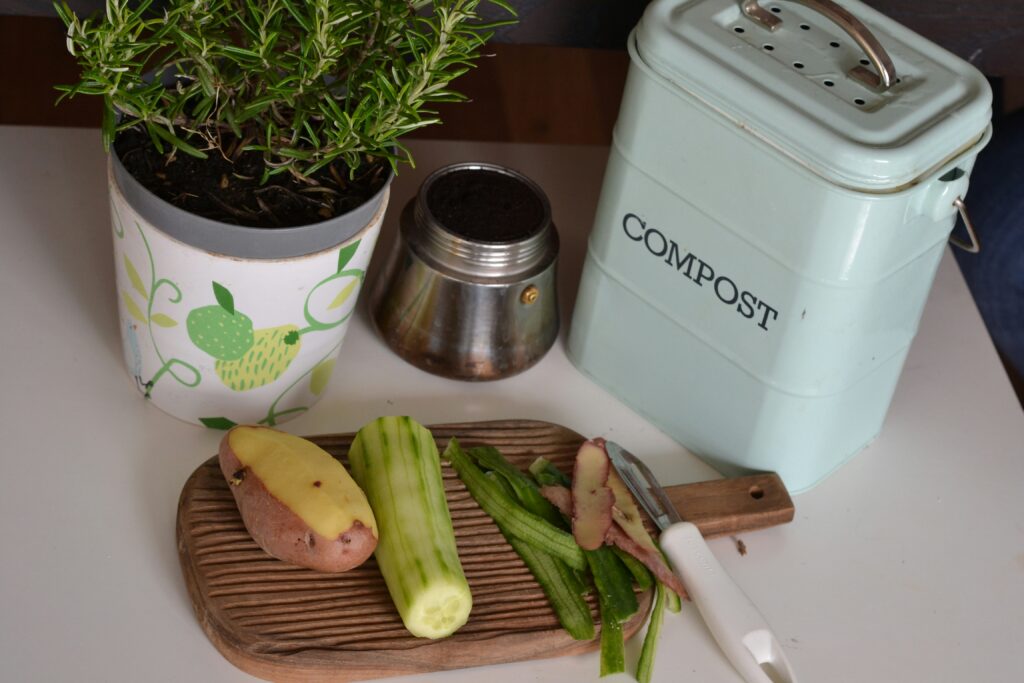Carbon is the backbone of all life on Earth. It flows through the atmosphere, the oceans, plants, animals, and the soil in a constant loop known as the carbon cycle. While the term might sound technical, it’s actually nature’s way of recycling life itself — and it plays a crucial role in maintaining Earth’s climate.
Understanding the carbon cycle isn’t just for scientists — it’s for anyone who cares about sustainability, climate change, or simply how the planet works.

🌀 What Is the Carbon Cycle?
The carbon cycle is the process through which carbon atoms move between the Earth’s atmosphere, biosphere (living things), hydrosphere (water), and geosphere (land and rocks). In essence, it’s how carbon is:
Taken in by plants and oceans,
Used by living organisms,
Released back into the atmosphere.
Carbon is never destroyed, only transformed — just like in a perfect recycling loop.
🌱 Step-by-Step Breakdown of the Cycle
1. Photosynthesis
Plants absorb carbon dioxide (CO₂) from the atmosphere and convert it into sugars (glucose) through photosynthesis. This is how carbon enters the food chain.
2. Consumption
Animals (including us!) eat plants and absorb that carbon into their bodies. The carbon helps build tissues, bones, and energy sources.
3. Respiration
All living things breathe out CO₂ as a byproduct of cellular respiration — returning carbon to the atmosphere.
4. Decomposition
When plants and animals die, decomposers (like bacteria and fungi) break down their remains, releasing carbon back into the soil and air.
5. Ocean Absorption
Oceans absorb vast amounts of CO₂ and store it — both in marine organisms and in the water itself.
6. Long-Term Storage (Fossil Fuels)
Over millions of years, some dead plants and animals become buried and compressed, forming fossil fuels like coal and oil — long-term carbon storage.
🔥 The Human Disruption
Burning fossil fuels (coal, oil, natural gas) releases stored carbon back into the atmosphere rapidly — far faster than nature can absorb it. This causes an excess of CO₂, leading to:
Global warming
Ocean acidification
Extreme weather
Humans have essentially “unbalanced” the carbon cycle.
🌍 Nature’s Recycling System vs. Our Emissions
In nature’s version of the carbon cycle:
Every bit of carbon has a role and a destination.
There is no waste, only transformation.
Forests, soil, and oceans act as carbon sinks to absorb and reuse carbon.
In the human version:
We release more carbon than the system can handle.
We reduce natural carbon sinks (like cutting down forests).
We create a carbon imbalance, not a cycle.
🌱 What Can We Do?
To restore balance to the carbon cycle, we can:
Protect and plant forests – trees are natural carbon absorbers.
Support regenerative agriculture – healthy soil stores more carbon.
Reduce fossil fuel use – use renewable energy instead.
Compost – returning organic matter to the soil recycles carbon.
🧠 Why It Matters
The carbon cycle isn’t just an abstract science lesson — it’s vital to life on Earth. It regulates climate, supports ecosystems, and ensures plants and animals (including us) can thrive.
When we work with the carbon cycle — rather than against it — we help create a more stable, breathable, and livable planet.
The Earth knows how to recycle carbon — it has done so for billions of years. But now it needs our help to maintain that delicate balance. If we understand and respect the natural cycles, we can be co-creators of a more sustainable world.
After all, every breath we take is part of the same ancient rhythm — the recycling of life itself.


